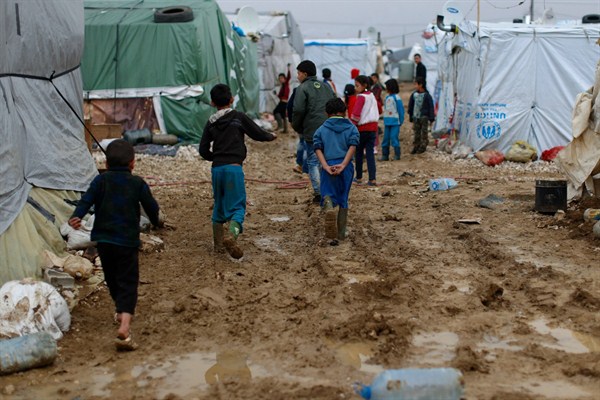In the early hours of June 27, four suicide bombers detonated their explosive belts in the sleepy Lebanese town of al-Qaa, which lies just a few kilometers from the Syrian frontier. Another four attackers would strike later in the evening, with the two attacks killing five and wounding scores more.
In the context of spillover from the Syrian civil war, the violence itself was not an anomaly. Lebanon has been on high alert for retaliatory terrorist activity ever since 2013, when Hezbollah leader Sayed Hasan Nasrallah publicly announced the party’s fighters were active in Syria alongside longtime ally President Bashar al-Assad. A Lebanese security plan to root out the self-declared Islamic State and sleeper cells affiliated with the Nusra Front has been in effect since 2014, following a wave of Syria-related attacks reminiscent of Lebanon’s civil war period, and is considered to have been successful in reducing security incidents.
But unlike previous attacks targeting areas where Hezbollah enjoys widespread support, including the 2015 Burj al-Barajneh bombings, this one was set in a predominantly Christian community with no allegiances or vested interest in the groups active militarily in Syria. The result has been especially harsh for Lebanon’s massive Syrian refugee population, which has faced an unprecedented number of raids, evictions and new restrictions since the attacks, despite the fact that authorities have stated they believe the eight perpetrators of the al-Qaa attack had come to the country recently from Syria, and not from the existing refugee population.

